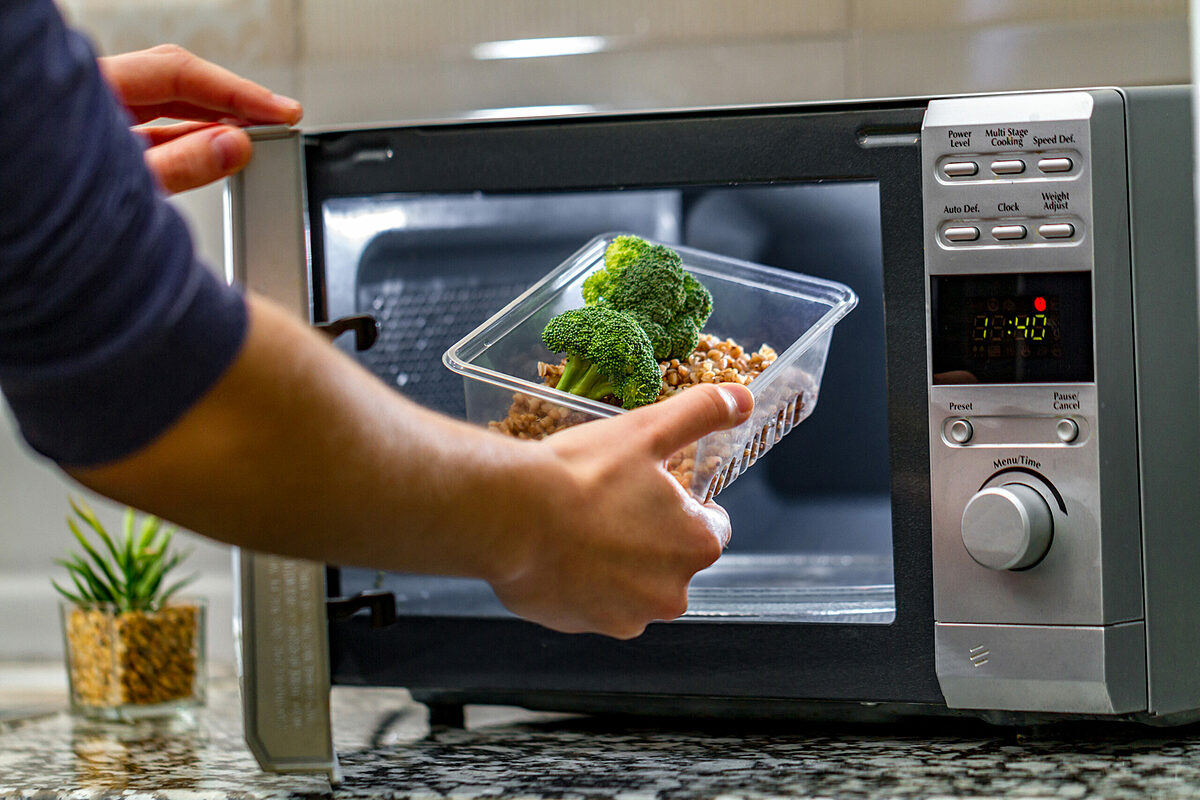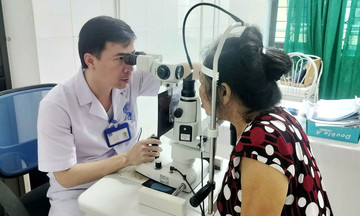Microplastics are plastic particles smaller than 5 mm, invisible to the naked eye. According to the National Oceanic and Atmospheric Administration (NOAA), microplastics have been found in the air, water, food, and even inside the human body. Dr. Kelly Johnson-Arbor from MedStar Health says the presence of microplastics in the body has raised concerns about potential risks of inflammation, endocrine disruption, cancer, and reproductive issues.
Heating plastic in the microwave can release additives like bisphenol A (BPA) and phthalates. BPA is used to make clear, durable plastic, while phthalates make plastic more flexible and resilient.
According to Jamie Alan, associate professor of pharmacology and toxicology at Michigan State University, both of these chemicals are hormone disruptors, potentially interfering with estrogen and testosterone function in the human body. Even if the plastic is BPA- and phthalate-free, high temperatures can still cause microplastic particles to break away from the packaging material.
A 2023 study published in Environmental Science & Technology found that microwaving plastic containers can release more than 2 billion nanoplastic particles and 4 million microplastic particles per cm² of the container's surface.
 |
A person is preparing to reheat food in a microwave. Photo: Chemical Safety Facts |
A person is preparing to reheat food in a microwave. Photo: Chemical Safety Facts
The impact of microplastics on human health has been studied by scientists for many years. According to Dr. Johnson-Arbor, these particles have been found in blood, lungs, and even hair, demonstrating their ability to spread throughout the body. Some studies suggest that prolonged exposure to microplastics may be linked to immune system disorders, hormonal imbalances, and digestive problems. A recent study published in Nature Medicine found that people with dementia have 10 times more microplastics in their brain tissue than those without, although a direct causal link has not yet been established.
To minimize the risk of microplastic exposure, experts recommend avoiding the use of plastic containers when heating food. Instead, use glass, ceramic, or stainless steel containers. Transferring food to a ceramic plate or heating it on the stove or in the oven are also safer options.
In addition, limit the consumption of canned foods because the inner lining of some cans may contain BPA. Reducing processed food intake, such as choosing chicken breast over chicken nuggets, also helps limit microplastic absorption.
For everyday use, prioritize glass, ceramic, or stainless steel water bottles and consider installing a water filter capable of filtering plastic particles.
Thuc Linh (From Prevention)












